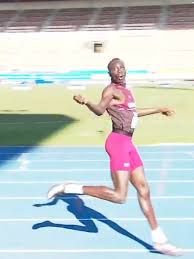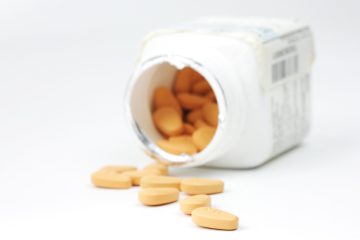Gout and Athletics: Navigating the Challenges for Athletes

Understanding Gout and Its Impact on Athletes
Gout, a form of inflammatory arthritis, is often considered a condition affecting those with dietary indulgences; however, it poses significant challenges for athletes as well. Caused by elevated levels of uric acid in the bloodstream, gout results in the formation of painful crystals in the joints, typically affecting the big toe. As athletes dedicate their lives to physical training, understanding how to manage this condition is crucial for maintaining peak performance and overall wellness.
The Connection Between Gout and Athletic Performance
Athletes face unique challenges with gout. The intense physical activity involved in competitive sports can lead to dehydration, which may exacerbate uric acid levels. According to the National Institute of Arthritis and Musculoskeletal and Skin Diseases, athletes who perform high-intensity workouts or endurance training are at greater risk of experiencing gout attacks. Furthermore, certain medications to control gout may impact an athlete’s performance or recovery times, making it essential to approach treatment strategically.
Practical Strategies for Managing Gout
Several strategies can help athletes manage gout effectively:
- Hydration: Maintaining adequate fluid intake is paramount. Water helps dilute uric acid in the bloodstream, reducing the likelihood of crystal formation.
- Diet: Athletes should focus on a low-purine diet, avoiding high-purine foods such as red meats, certain types of fish, and alcohol. Incorporating more fruits, vegetables, and whole grains can help reduce uric acid levels.
- Regular Monitoring: Keeping track of uric acid levels through regular blood tests can help determine the effectiveness of treatment plans and dietary adjustments.
- Medications: Consult a healthcare professional to assess the need for medications. Non-steroidal anti-inflammatory drugs (NSAIDs) can alleviate pain during attacks, while urate-lowering therapies may be required for long-term management.
The Future of Gout Management in Athletics
As awareness of gout grows among athletes and sports organizations, addressing this condition has become increasingly important. Future developments in dietary science and sports medicine may lead to enhanced management tactics specifically tailored for athletes. Additionally, incorporating mental wellness and stress management into training regimens can also support both physical health and performance.
Conclusion
In conclusion, managing gout while pursuing athletic ambitions is entirely possible with the proper strategies in place. Athletes should remain vigilant about hydration, diet, medication, and regular health check-ups to control this condition. The focus should not only be on performance but on overall health, ensuring athletes can continue to participate in the sports they love without the burden of gout.









